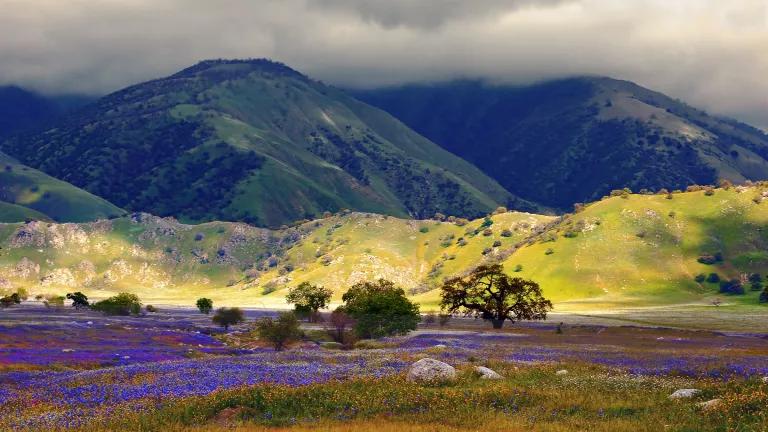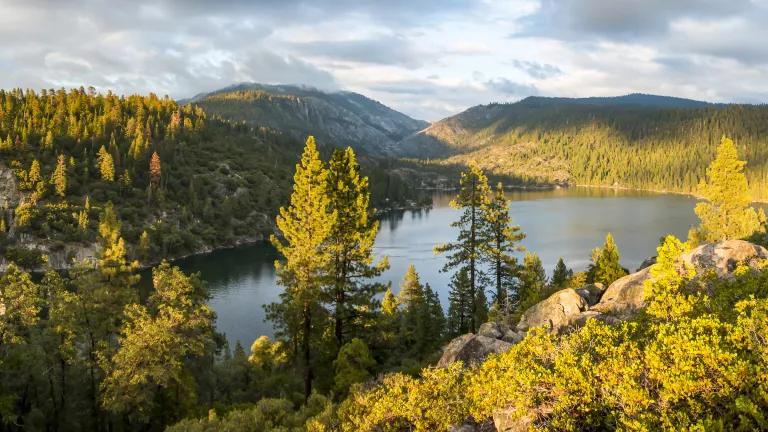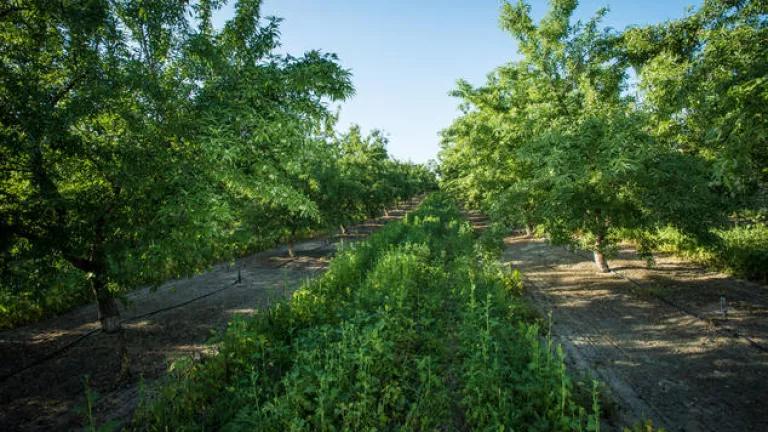Tejon Ranch Conservation: Settlement and Renewal
The recent lawsuit settlement is cause for optimism.

Protected Tejon Ranch Landscape
In a promising re-set of the fifteen-year conservation partnership between the Tejon Ranch Conservancy (“Conservancy”) and the Tejon Ranch Company (“Company”), all parties to the 2008 Tejon Ranch Conservation and Land Use Agreement (“2008 Agreement”) have settled a breach of contract lawsuit filed two years ago to enforce it, with a settlement agreement signed on November 14, 2022. The historic 2008 Agreement preserved 90 percent of the 270,000-acre Tejon Ranch (the largest private landholding in California), created the Tejon Ranch Conservancy—an independent, non-profit land trust—to manage conservation of (and public access to) the 240,000 acres of protected land, and committed the Company to advance payments of $800,000 annually through the end of 2021 to support Conservancy operations.
The lawsuit claiming breach of the 2008 Agreement was filed in Kern County Superior Court in December 2020 by the five environmental signatories—Natural Resources Defense Council, National Audubon, Sierra Club, Planning and Conservation League, and Endangered Habitats League—and joined by the Tejon Ranch Conservancy a month later. On behalf of the Conservancy, plaintiffs sought to recover $1,000,000 in advance payments under the 2008 Agreement that were held in escrow beginning in October 2020 and continuing through the end of 2021.
That litigation has now been resolved. While it may be a truism inherent in settlement that “no one gets everything, but everyone gets something,” all parties to the agreement have welcomed it with enthusiasm, pleased to bring the litigation to a close and looking forward to the collaboration that the agreement reflects. As expressed by the Company in a news release announcing the settlement, "[a]ll parties are glad to put this dispute behind them and move forward in a cooperative manner to achieve the goals envisioned in the historic 2008 agreement."
A. Terms of the Settlement Agreement
The three central elements of the 13-page agreement can be briefly summarized as follows:
First, the $1,000,000 previously held in escrow will be released to the Conservancy—half immediately and the remainder through a three-year cooperative matching grant process to generate additional funding for the organization. Second, the parties agree to collaborate both in fundraising for the Conservancy (including development and execution of a successful fundraising plan) and securing a mutually acceptable California Department of Fish and Wildlife (“CDFW”) certification of the Conservancy to hold and monitor conservation easements. Third, plaintiffs have affirmed by letter that a regional conservation process begun in 2016—the Antelope Valley Regional Conservation Investment Strategy (“AVRCIS”)—is “voluntary, non-regulatory, and non-binding,” “does not control” the projects or project approvals sought by the Company, and in no way obligates the Company to participate.
At the heart of this agreement, and essential to the ongoing success of the non-profit Conservancy, is the parties’ explicit commitment to collaborate on the highest near-term priority for the organization—that is, securing long-term financial support for its programs and operations, including potential income from certified easement monitoring that may be required by permitting agencies. In addition, and more broadly, the settlement is an implicit renewal of the conservation partnership that, from the outset, has been the foundation of the 2008 Agreement itself.
B. Implications of the Settlement Agreement
Nearly 15 years ago, the signatories understood that the structure of the independent Conservancy—with a 12-member board comprising equal numbers of environmental, Company, and independent members—is unique, formed by non-traditional allies that decided to try a new approach to resolving land use disputes. In June 2008, after two years of negotiation over the future of Tejon’s exceptional ranchlands, we all joined in a novel, collaborative experiment, and we have committed ourselves ever since to its success—through the work of the Conservancy, through our participation on its board, and based on a shared determination to protect and enhance the natural values of these vast landscapes and the wildlife they sustain.
And the conserved lands of Tejon Ranch are unquestionably worth the effort:
- They provide 240,000 acres of unfragmented natural habitat, located 20 minutes from Bakersfield’s 400,000 residents and just over an hour from the 12 million residents of metropolitan Los Angeles.
- They sit at the junction of four major ecosystems in the heart of California—the southern Sierra Nevada, the California coastal range, the southern San Joaquin Valley, and the Mojave Desert.
- Giant oaks, towering incense cedar, ancient Joshua trees, and sprawling California sycamores, along seasonal streams, still thrive there, and each spring the foothills and desert lowlands are submerged in a sea of wildflowers.
- Early Conservancy baseline research identified well over 1,300 plants species, 300 bird species, 50 herpetofauna, 700 invertebrates, 30 lichen, and 50 mammals. Research continues today to identify subspecies previously unknown to the region, with a few occurring nowhere else in the world.
Over the past decade and a half, the Conservancy has been justifiably proud of its work. Its responsibilities are conservation-focused but wide-ranging, including easement monitoring of the conserved lands, scores of scientific research projects, stewardship of natural ecosystems throughout the Ranch, the creation of an encyclopedic Ranch-Wide Management Plan, managed public access for thousands of visitors, and public education for countless local school children. As the State of California aspires to its goal of 30 percent of land conserved by 2030, these programs have only become more important.
The good news is that, despite the litigation, this work has continued, enabled by the Conservancy’s dedicated staff and board, supported by its long-time donors and volunteers, in partnership with Tejon Ranch staff, both on the board and on the land. While no one would dispute that the litigation has cast a heavy shadow, it has diminished neither our shared motivation to defend the natural values of the Ranch nor our commitment to support the organization whose implementation of the 2008 Agreement is its sole mission. The recent settlement agreement, putting the litigation behind us, is the latest product of that commitment.
Finally, consider this: In the nearly 15-year history of the Conservancy, its resort to the courts in 2021 was a singular exception—an exception that all sides hope and expect will remain just that. With this in mind, the recent settlement is cause for optimism that future disagreements, as they inevitably arise in the implementation of an undertaking as novel and complex as this one, can be resolved more quickly, more cooperatively, and even more successfully.




